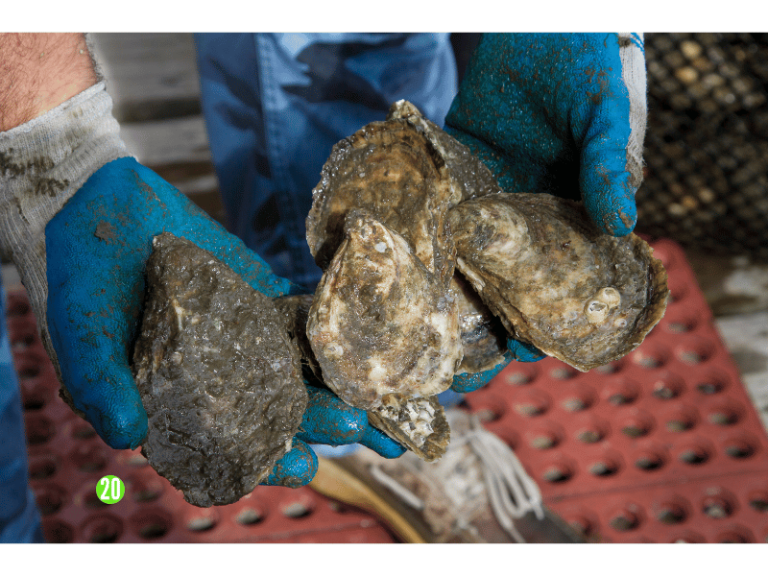Birds and mammals, as well as fish, shrimp, and insects, are generally powerless against rocks. However, there are several types of marine mollusks that possess a remarkable ability to bore into stone, such as bivalves like “stone snails” and “Gymnium matsumotoi,” which are famous for their stone-boring skills! They select solid rocks as their homes and live their entire lives in the stone burrows they create from youth to old age.
Stone snails not only bore into limestone rocks but also often penetrate into the shells of oysters. Thus, when fishermen harvest oysters underwater, they may find small holes resembling stone in the thick shells of oysters. By prying open these holes, one can often discover stone snails inside, resembling cigar smoke, with sometimes more than a dozen stone snails in a single oyster shell. Gymnium matsumotoi has an egg-shaped form, somewhat flattened at the front, and possesses even greater boring abilities, capable of penetrating harder rocks. Due to their rapid reproduction and dense growth, the surfaces of rocks are often pitted like honeycombs, which can damage port structures.
Despite their destructive capabilities, both these mollusks are related to mussels and clams and have delicious meat. However, due to their habitat within rocks, they are challenging to harvest, making their savory taste rare to enjoy outside coastal fishing communities.
Scientists attribute their ability to bore into rocks primarily to the secretion of acidic liquid from their feet, which erodes the rock, making it soft. They then use their feet and water pipes as pivots, rotating their shells and relying on the teeth on their shells to rub against the rock surface, thereby boring into cavities. Strangely, these animals require rocks to develop and grow normally. Scientists have conducted experiments where young Gymnium matsumotoi were removed from rocks and raised in water. Despite normal feeding, without the opportunity to bore into stone, they ceased to develop, with their feet atrophying and their shell fronts closing up, resembling old Gymnium matsumotoi that no longer grow.

